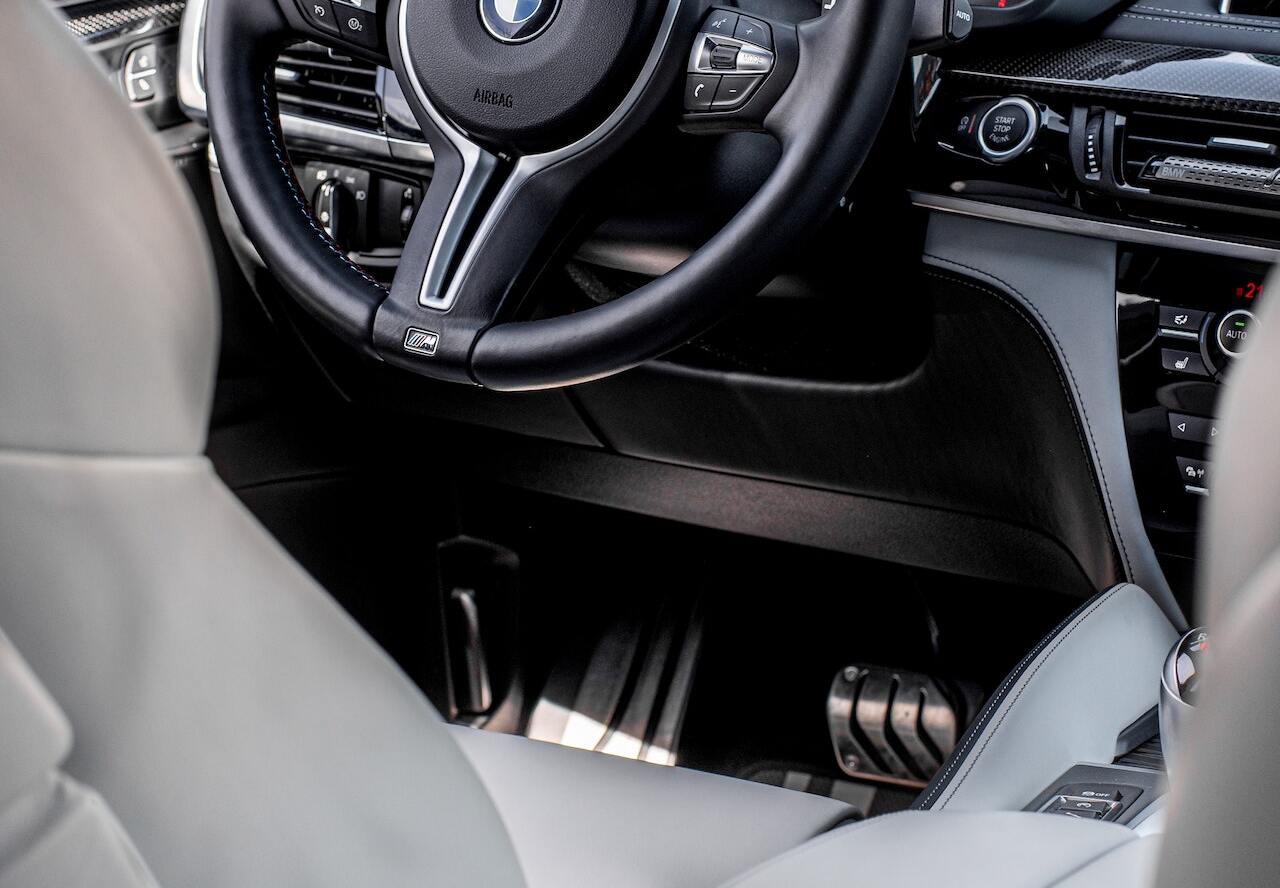History of the airbag – life-saving air cushion with a long history
The history of the airbag begins in 1951, when inventor Walter Linderer patented his idea for the airbag in Munich. He described the airbag as an inflatable cushion mounted in front of the seat when folded, which inflates automatically in case of danger. Initially, it took two years for the German patent office to recognize his idea as a patent. Around the same time, American John Henrick came up with the same idea and patented a similar restraint system in the US.

The airbag idea still did not offer a solution
It soon became apparent that the idea alone is not enough if the corresponding technology is not yet available to implement the idea accordingly. At the time, to inflate the airbag in just a few milliseconds simply lacked the necessary technology because ordinary compressed air was not sufficient for this purpose. Pyrotechnic gas generators, capable of inflating airbags in an extremely short time, were not developed in the 1950’s and 1960’s. There was also no plastic for airbag production that had the required tear resistance. These circumstances meant that this grandiose idea was not used for many years.
High traffic congestion causes unrest
It was not until the 1960’s that the idea of an occupant protection system was revived, as the number of fatal accidents and seriously injured victims increased dramatically. So it happened that the airbag was once again an important topic for car developers. At car manufacturer Mercedes, the first experiments with explosive material were tested in 1967 and in the U.S., President Lyndon B. Johnson acted because of the drastically increasing number of traffic accidents. In 1969, for this reason, a law was passed by the U.S. Department of Transportation, which stipulated an automatic occupant protection system for new cars starting in January 1973.
Despite the increasing number of traffic accidents, skepticism about the airbag remained strong. The idea arose that the airbag would kill more people than save. This meant that the airbag requirement for new cars was delayed by three years until 1976. A renewed change, which encouraged skeptics, occurred in 1974 when an airbag-related fatal accident occurred. It seemed impossible to develop a practical airbag system.
Automakers cling to the airbag
Despite the negative attitude toward the airbag in America, Mercedes did not give up hope and held on to the potential of the life-saving air cushion. Many vehicle crash tests and collisions were conducted to develop the trip technology, the gas generator, the air cushion and all the steering wheel features and to check the safety of the entire airbag system.
In 1981, the first German car with driver airbag was finally introduced, namely the Mercedes S-Class. After this moment, the evolution of the airbag took off rapidly and its use spread. In 1988 the passenger airbag was introduced, and in the mid-1990’s the side airbag was introduced. Then, in September 1993, the airbag was also named as the proper equipment in new cars in the U.S.
Future of the airbag
Although the airbag has already undergone tremendous development, more and more optimizations and modifications are being made. Airbags are steadily lighter and space-saving when collapsed. Another goal in airbag development is to optimize the deployment strategy. Moreover, the method of triggering must be adapted to the individual in terms of size and weight. Further airbag development remains exciting and full of surprises.
Airbag specialist airbag bank stays up-to-date
As an airbag specialist, our passion for the airbag system has been burning for more than 10 years. Therefore, we are especially interested in the further development of the airbag and are curious about the future of the airbag system. On our website you will find more information about the airbag system, airbag module and seatbelt tensioners.


